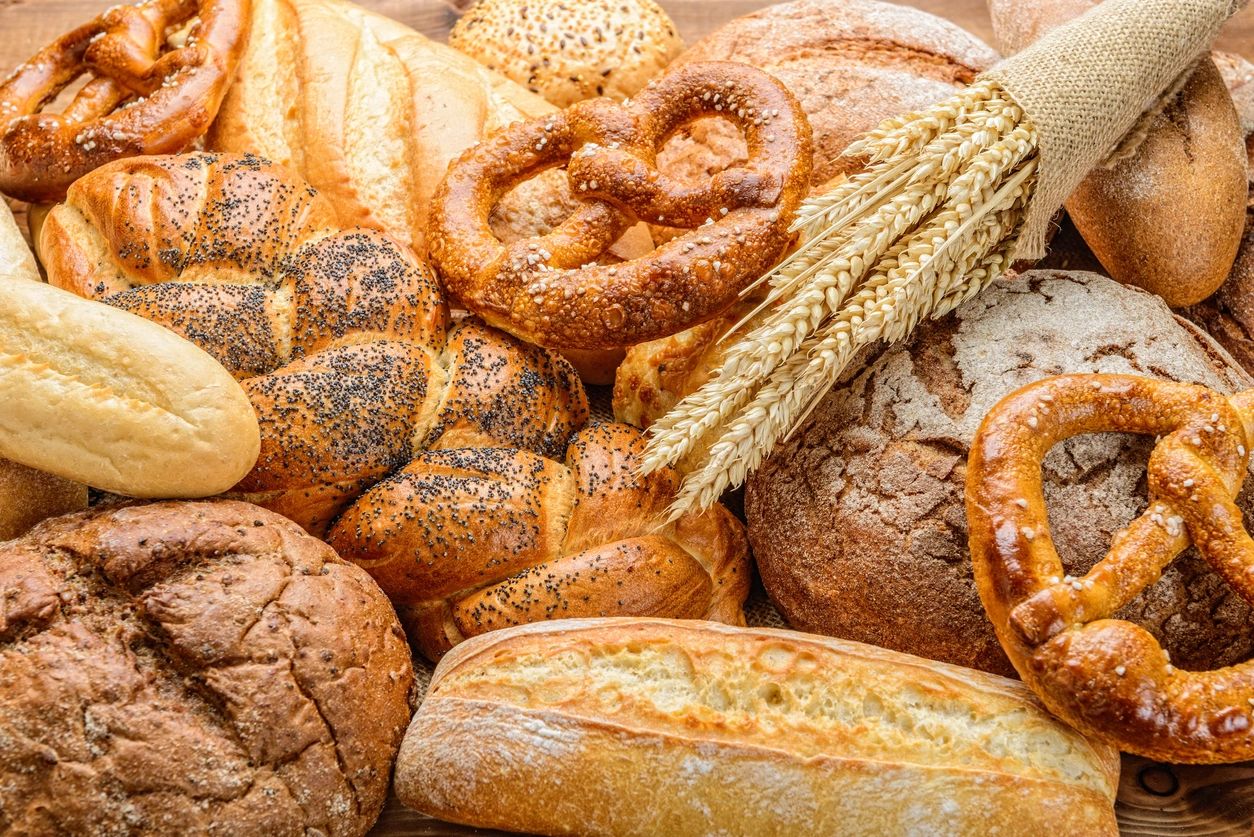ne of the ways that chemicals end up on the California Proposition 65 list, called the “Labor Code” (LC) mechanism, is if the International Agency for Research on Cancer (IARC) conducts a carcinogenicity hazard review of a chemical and concludes that the evidence supports it being placed within one of the following groups:
Group 1: “Carcinogenic to humans”
Group 2A: “Probably carcinogenic to humans”
Group 2B: “Possibly carcinogenic to humans”
If a chemical ends up in any of these 3 categories, the Prop 65 regulations stipulate that the chemical must be added to the Proposition 65 list of chemicals. OEHHA does not review the cancer data themselves in this case, and it is essentially an automatic listing.
Although it may take a bit of time for OEHHA to get around to going through the formalities of publishing a notice of intention to list, allowing for a comment period, and then making it official, these chemicals will end up on the list. However, in some cases, chemicals have already been deemed to be carcinogenic and are on the list, for example, when the OEHHA’s experts have reviewed the data and made their own conclusion (called the State’s Qualified Experts, or SQE, mechanism).
Here we take a look at all the chemicals reviewed by IARC in 2022 that were concluded to fall into one of these 3 groups:
– Diphenylamine (2B): used on apples, production of dyes, antioxidant in industrial lubricants, stabilizer in smokeless powder
– 1,2-Diphenylhydrazine (2B): already on the list (via SQE decades ago).
– Leucomalachite green/Malachite green (both 2B): dyestuffs/forensics and controversial antimicrobial in aquaculture (has been banned for food uses for a long time in many countries)
– CI Direct Blue 218 (2B): already on the list (via SQE decades ago).
– Gentian violet (2B): already on the list (via SQE in 2018).
– 1,1,1-Trichloroethane (2A): used in making other chemicals, solvent for cleaning and degreasing metal and electronic machinery.
– Isophorone (2B): used in making polymers, used as a solvent; found naturally in cranberries.
– N-Methylolacrylamide (2B): Already listed since 1990 (based on NTP conclusion).
So we can see that several chemicals have already been on the list based on the SQE mechanism, but a few others will be slated for addition over the next 6 months or so. Companies should begin to check whether these chemicals are at all relevant to their product lines to get ahead of listings down the road. After being listed on Prop 65, there is a 1-year grace period before any enforcement activities can take place. As such, there are no immediate compliance risks for any of the non-listed chemicals. Just something to keep in mind moving ahead.
If you have questions about the relevance of these chemicals to your product line or any other issues, feel free to reach out for a free consultation!



